20 Best Motor Development Products for Kids to Enhance Their Growth
Watching your child grow and develop new skills is one of the most rewarding parts of parenting. From their first steps to mastering complex movements, each milestone is an exciting adventure.
One essential aspect of this journey is motor development, which plays a crucial role in your child's physical and cognitive growth.
But what are the best ways to support and enhance this development through play?
In this article, we'll explore a range of engaging and effective motor development products designed to aid your child's growth. We'll cover options that combine fun with learning, ensuring your child not only enjoys their playtime but also gains vital skills along the way.
Whether you're a new parent looking for the best starter toys or an experienced one seeking advanced tools, there's something here for everyone. So, let’s get started on discovering the best options to support your child’s motor development!
What Are Motor Development Products and Toys?
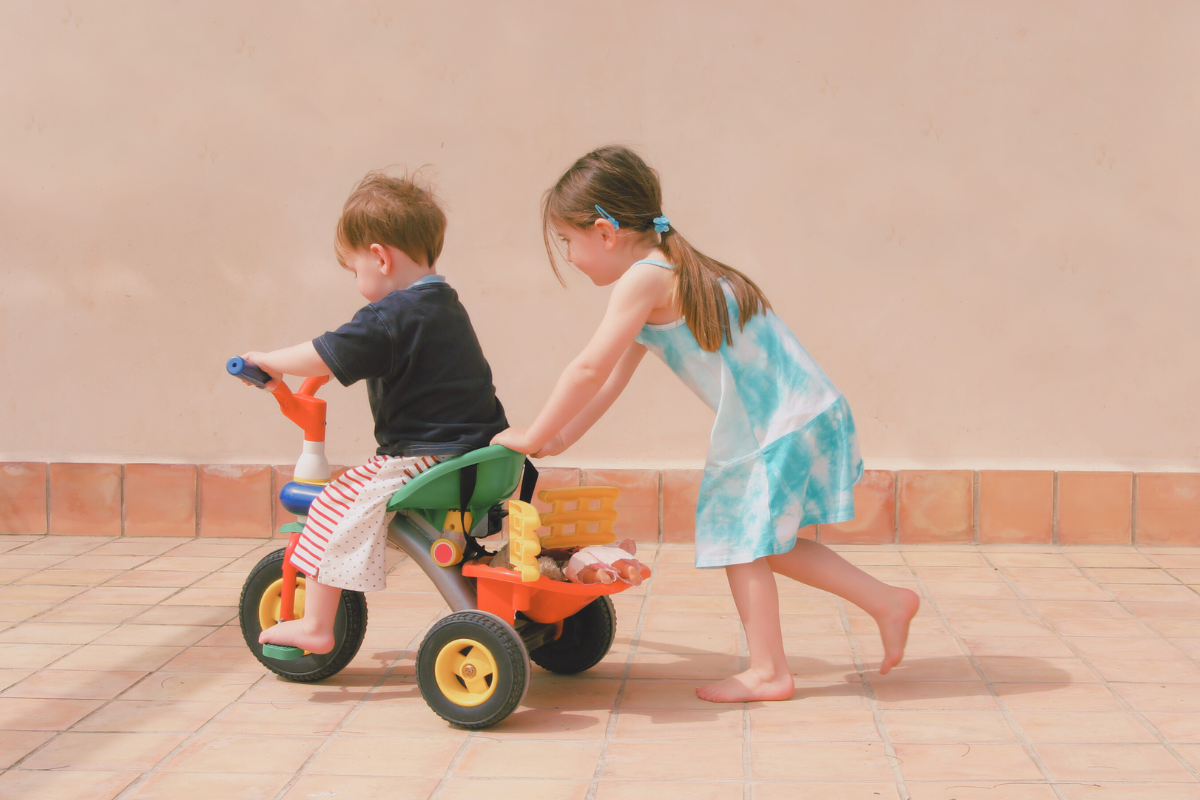
Most, if not all, parents already know the benefits of providing toys to their children. If anything, it just seems like a no-brainer to give our kids toys, right?
But many parents feel pressured to give their children plenty of toys, thinking that it’s what’s best for them. On the contrary, when it comes to children’s toys, the truth is that quality is still better than quantity.
According to a study published in 2017, fewer toys in the environment actually lead to higher quality play. This means that a well-chosen selection of motor development products and toys can be more beneficial than an abundance of regular toys.
Motor development products and toys are specifically designed to enhance a child's physical abilities and coordination. Unlike regular toys, which might simply entertain, these specialized tools target the improvement of fine and gross motor skills.
Fine motor skills involve smaller movements, such as picking up small objects and playing musical instruments, while gross motor skills include larger movements, like crawling, walking, and jumping.
So, how does a simple toy or product help your child's physical development?
Well, motor development toys often incorporate various textures, shapes, and challenges that encourage children to use their muscles and coordination in specific ways.
For example, balance boards help develop core strength and stability, while climbing arches can improve spatial awareness and physical confidence. These toys are crafted with developmental milestones in mind, providing appropriate challenges that help children build essential physical and cognitive skills as they play.
In contrast, regular toys might not offer the same level of developmental benefit. While they can still be fun and engaging, they often lack the targeted design that promotes specific skill development. Since motor development products are created with the intention of supporting a child's growth in a holistic manner, they can blend play with purposeful physical and mental exercises.
But how do you know which products are best? Luckily, researchers have already been looking into how to help parents with this task.
A 2011 study introduced the Affordances in the Home Environment for Motor Development-Infant Scale (AHEMD-IS), a tool used to help parents and caregivers assess the motor development potential of household items and toys. If you’d like to try it out yourself, you can find it here in English.
Why Are Child Development Toys and Products Important?
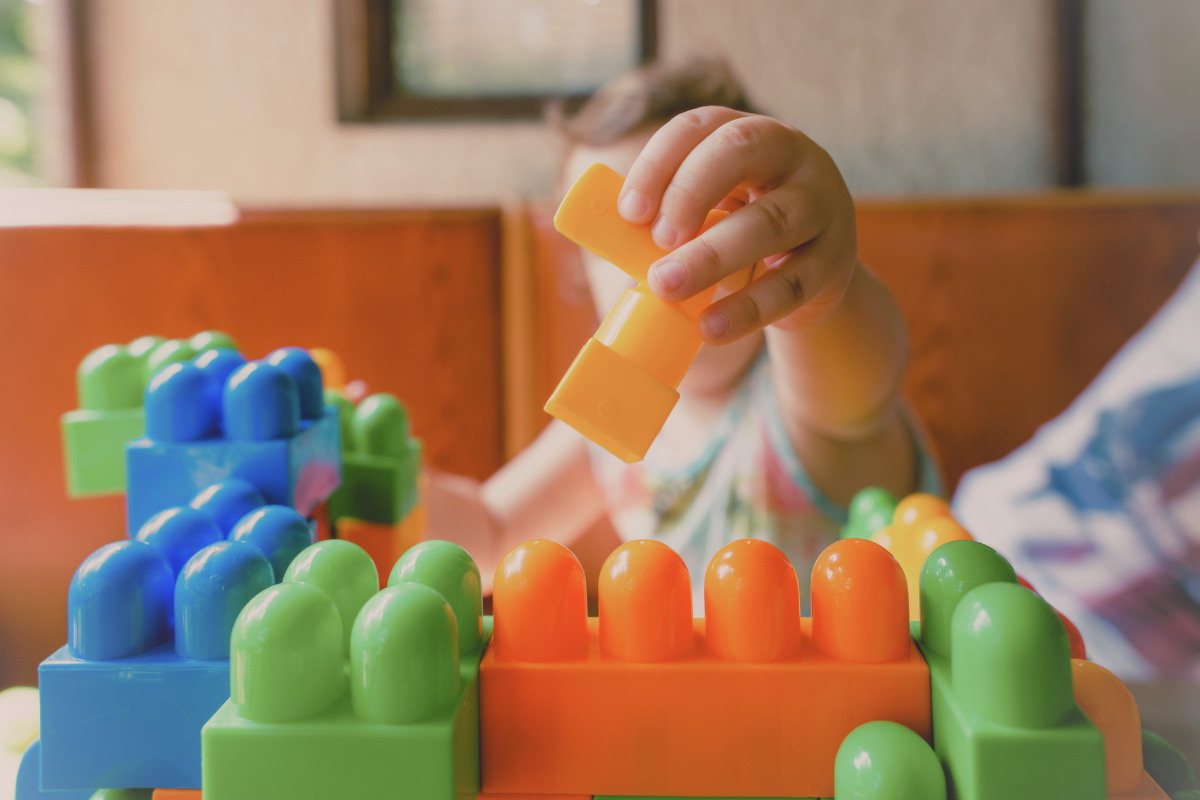
Investing in motor development products can have a profound impact on a child's growth. Research published in 2021 highlights the significance of toys in a child's development, emphasizing that all children have the right to improve their physical and mental health through play.
Indeed, these toys do more than just entertain; they lay the foundation for a healthy, active lifestyle and promote overall well-being.
Here are some of the developmental benefits that these products provide:
-
Enhances physical health. By encouraging physical activity, these toys help improve muscle strength and coordination, and boost overall fitness. Even in infants considered high-risk health-wise, providing early exposure to age-appropriate toys is proven to significantly improve motor development.
-
Supports cognitive development. Studies show that motor development products also stimulate the brain, resulting in several cognitive benefits. Some of these include enhancing problem-solving skills, increasing spatial awareness, and boosting communication skills.
-
Promotes social skills. Playing with these toys often involves interaction with others, helping children learn to share, cooperate, and communicate effectively.
-
Encourages creativity and imagination. Many of these toys are open-ended, allowing children to explore and create, which fosters creativity, imagination, a longer attention span, and perseverance, among many others.
-
Builds confidence. As children master new skills and overcome physical challenges, they gain self-confidence and resilience.
Still can’t believe how big of an impact these products can have on kids?
In a study done during the pandemic era, it was revealed that providing 1-3 year olds with open-ended toys stimulated them enough to still develop normally and even exceptionally despite being stuck at home all day.
Normally, kids these ages would be going out on play dates and exploring the world, but the pandemic changed all that. Because of guided play with these toys, however, they still didn’t miss out on the learning and development that they needed during these critical formative years.
10 Best Products for Gross Motor Development
Here are ten fantastic products designed to enhance your child's gross motor skills from infancy to preschool years.
For Babies and Toddlers
1. Play Mats

Perfect for tummy time, play mats support babies in developing their neck and upper body strength while providing a soft, safe space.
Poppyseed Play has two versions of an infant play mat, the Linen Play Mat and the Padded Play Mat made of cotton blend material. Both mats are guaranteed safe and comfortable to use.
2. Crawling Tunnels
Crawling is one of the first motor skills that babies learn. A colorful, collapsible tunnel can promote crawling, spatial awareness, and upper body strength in a fun, engaging way.
3. Pushing Toy
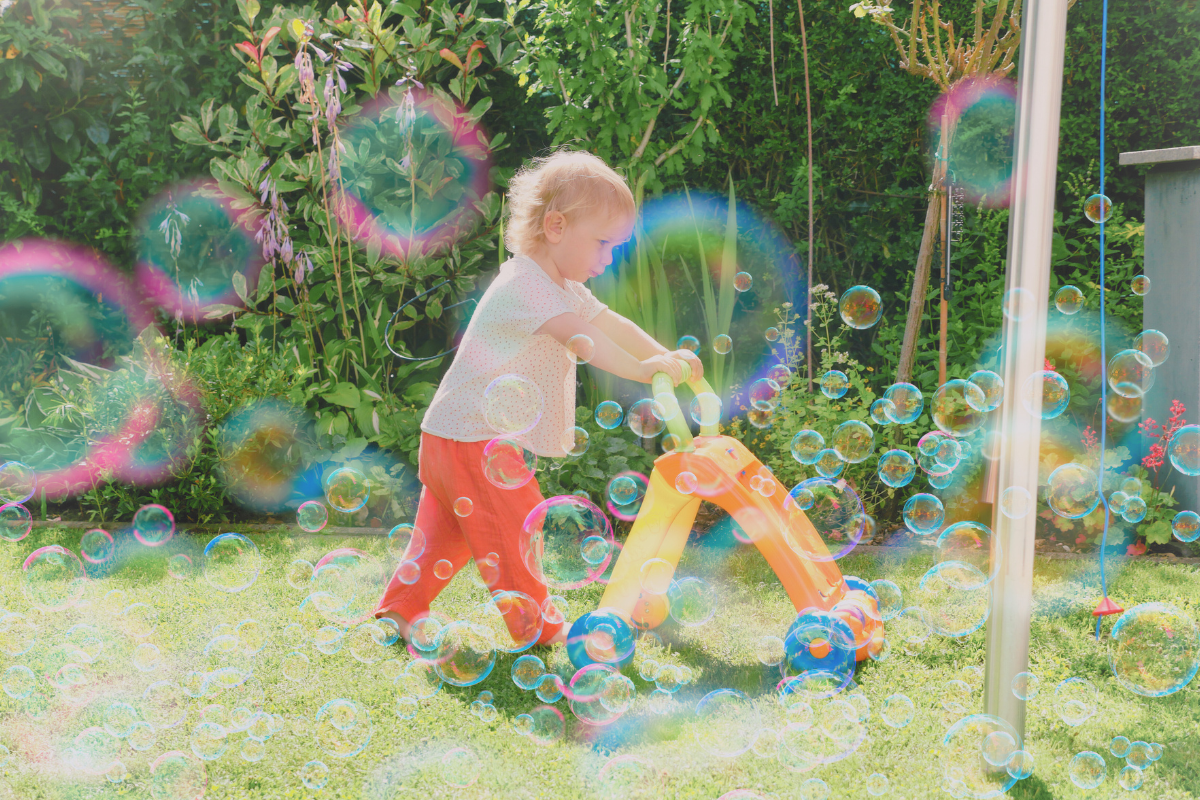
Pushing toys, also known as push toys, are designed for older infants and toddlers to push along as they learn how to walk. It helps improve balance, coordination, and motor skills, encouraging physical activity and supporting the development of walking abilities.
4. Baby Gym

Baby gyms typically feature pull toys that challenge babies to grasp objects, eventually teaching them how to pull themselves up to stand. This action enhances both fine and gross motor skills.
The wooden baby gym at Poppyseed Play comes in two variants, the Natural Frame and the White Frame. Both are made of high-quality hardwood for the frame and include wooden toys with food-grade silicone beads.
5. Stepping Stones
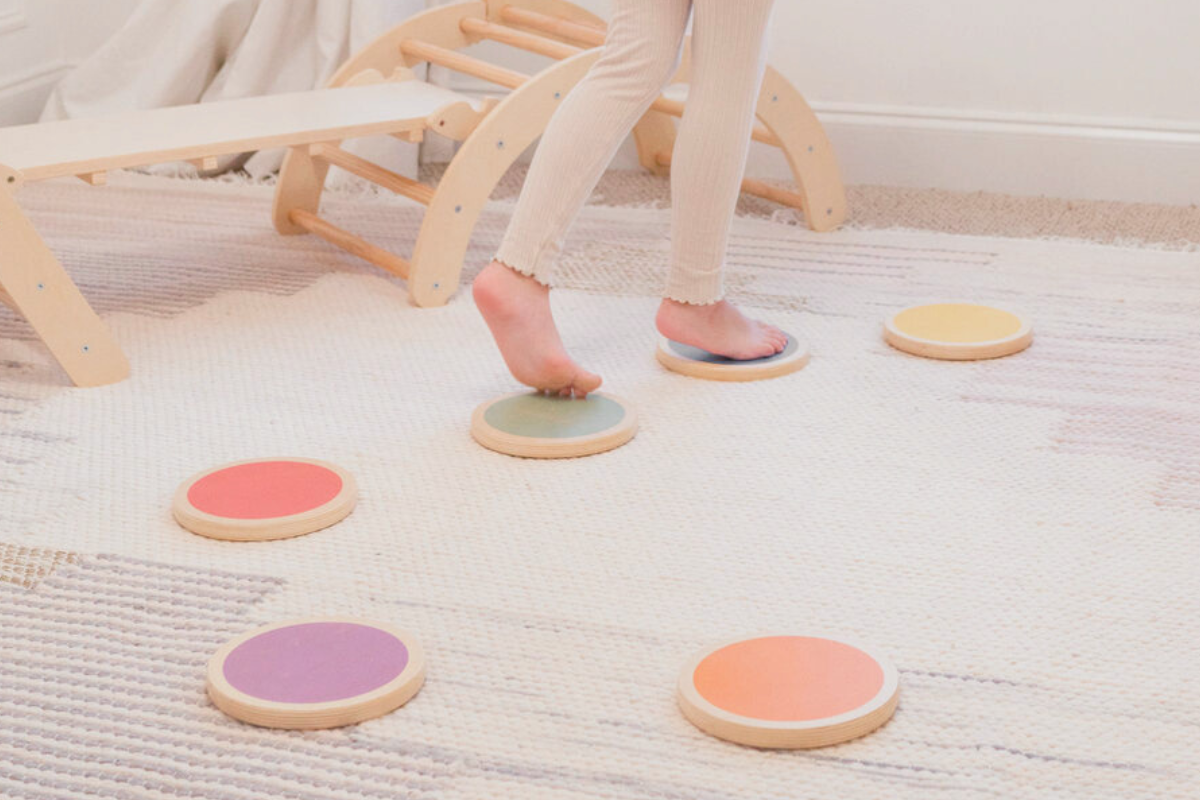
Stepping stones promote balancing and coordination as children navigate stepping from one to the next, creating a fun and engaging challenge.
This is why the Poppyseed Play Wooden Stepping Stones come with anti-slip felt pads – to ensure stability and safety during play.
For Preschoolers
1. Balance Board
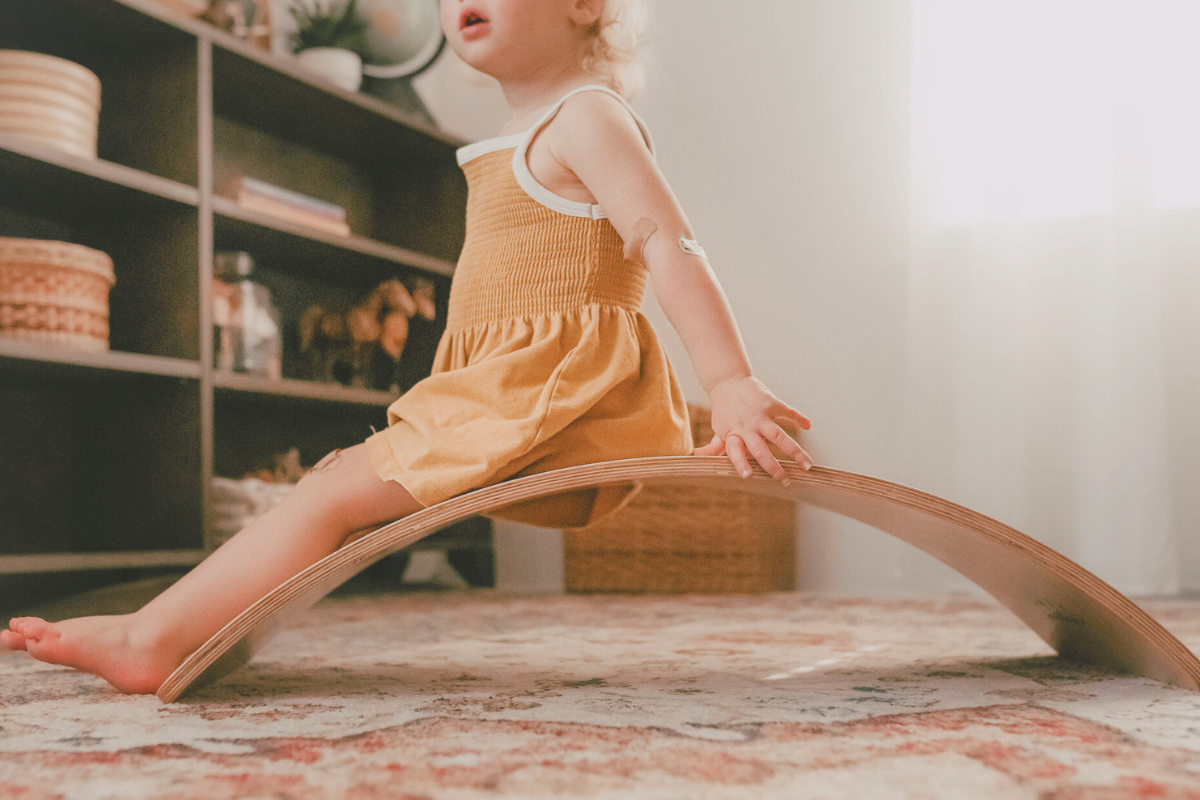
A balance board is a versatile tool designed to enhance coordination and balance in young children. It’s perfect for activities like rocking, twisting, and balancing.
Poppyseed Play's Wooden Balance Board is crafted from sturdy, high-quality wood, ensuring durability and safety. It’s also easy to clean and store.
2. Balance Beam
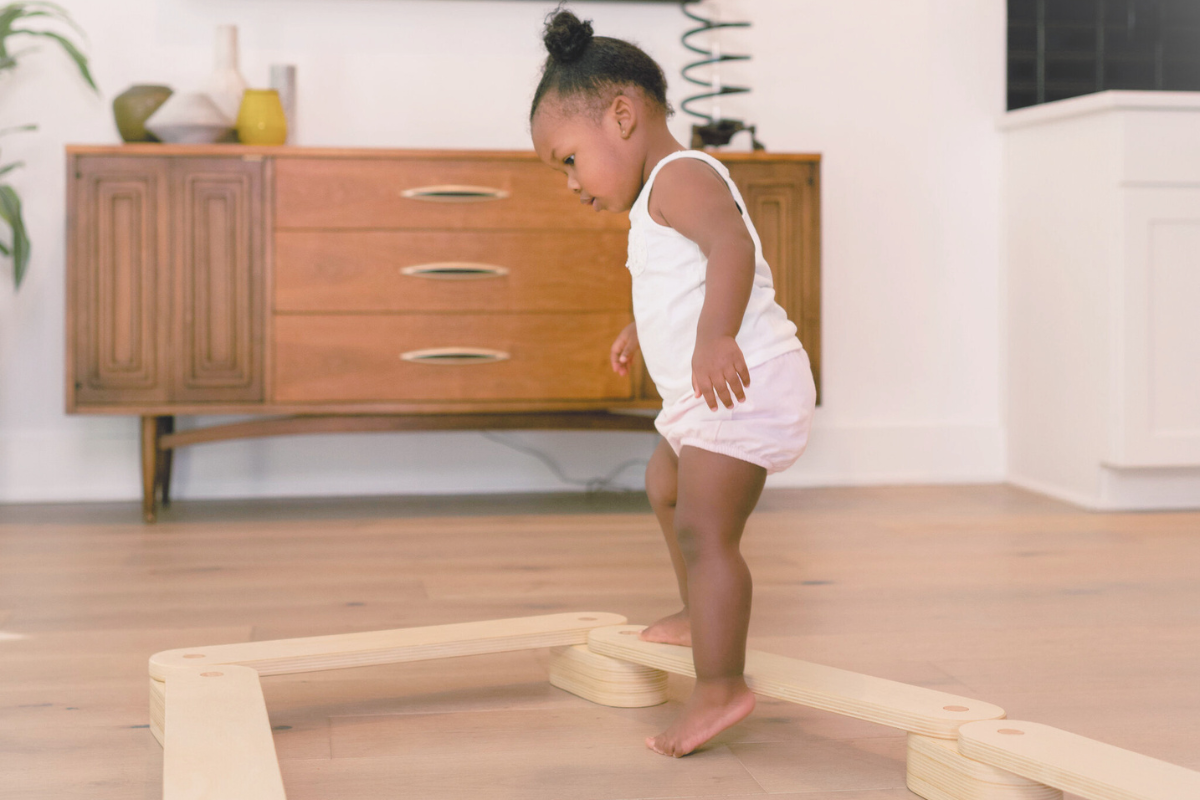
Is your kid already a pro at walking? Low balance beams can challenge children to maintain balance, enhancing their core strength and stability while still keeping them safe in case they fall.
With the modular design of Poppyseed Play’s Wooden Balance Beam, it’s easy to change its configurations based on your unique play ideas.
3. Mini Trampoline
Small, indoor trampolines don’t just encourage jumping, they also improve leg strength. Plus, they’re a fun way for your child to use up their seemingly boundless energy.
4. Climbing Toys
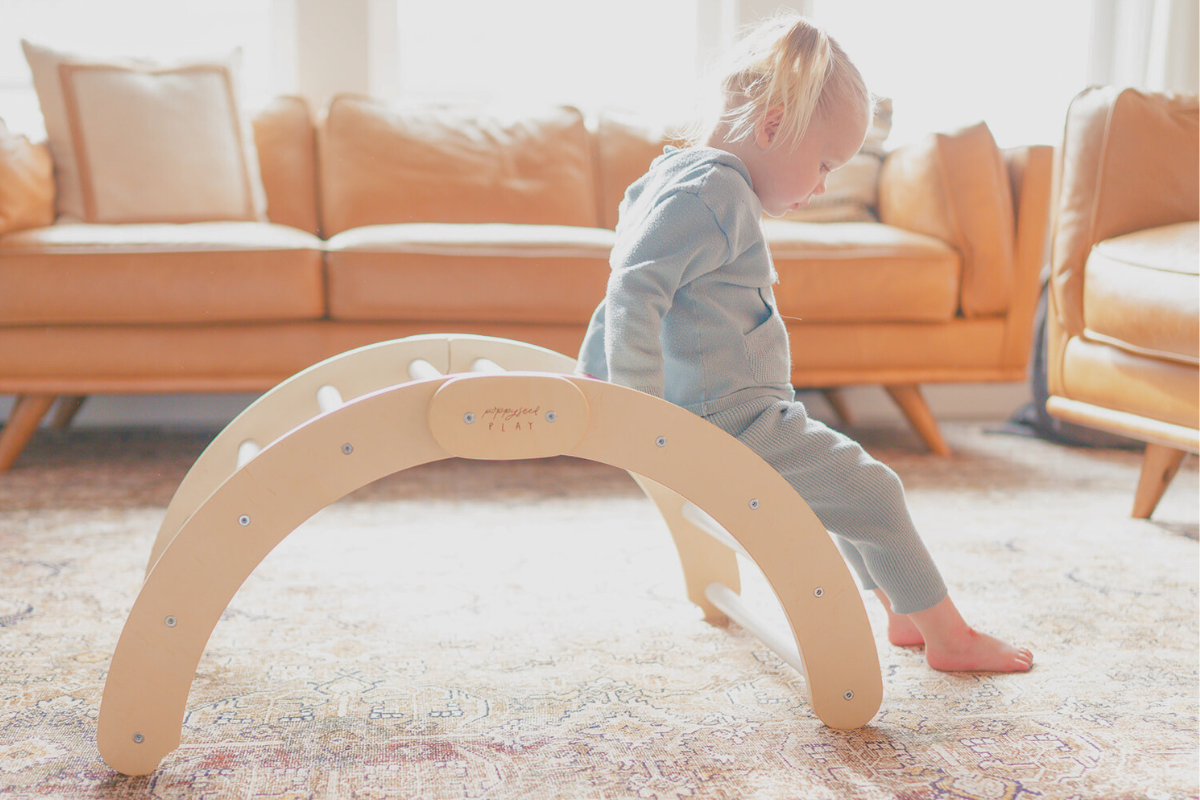
Climbing toys can develop children’s gross motor skills while building upper body strength and spatial awareness at the same time.
Poppyseed Play’s Foldable Climbing Arch and Climbing Triangle & Ramp have the added benefit of easy storage, with the latter providing double the fun with its convertible slide.
5. Balance Bikes or Scooters
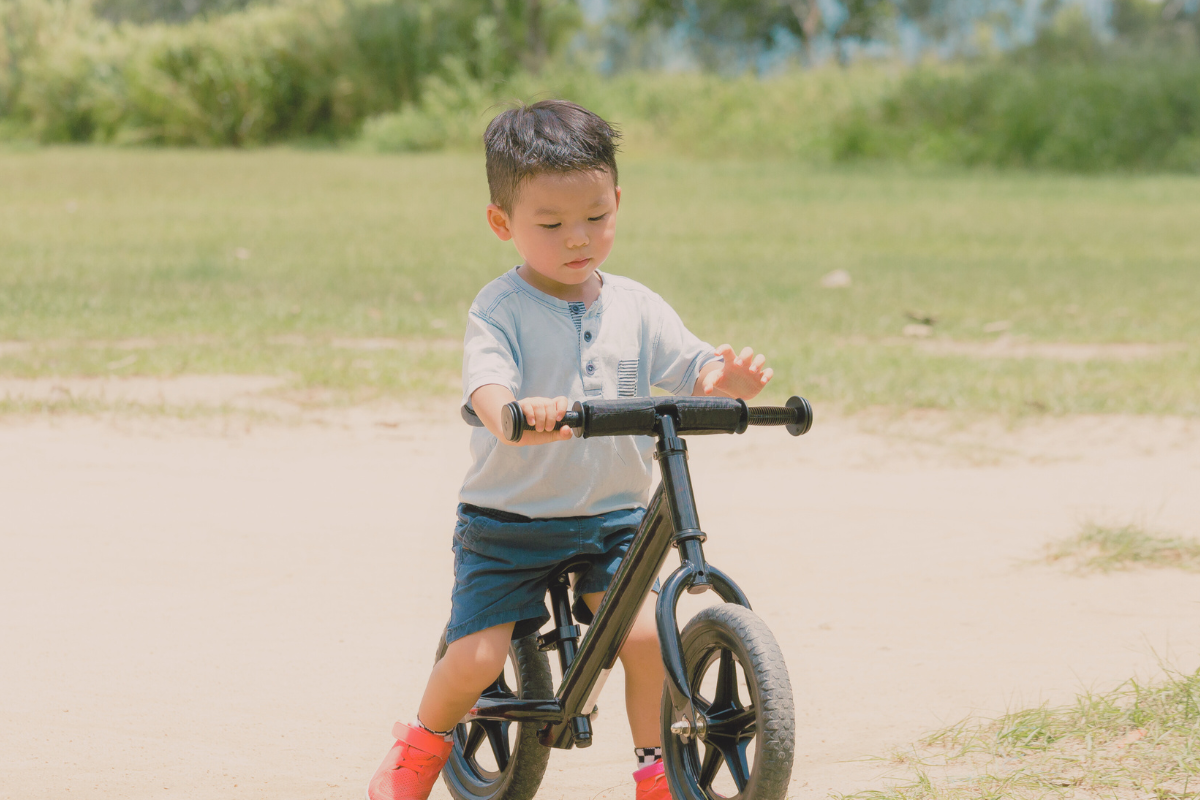
Ride on toys like pedal-free bikes or scooters can help toddlers develop balance and steering skills. This is also a good way to prepare them for future riding.
10 Best Products for Fine Motor Development
Let’s not ignore those small muscle groups! These ten products are excellent choices for enhancing fine motor skills in children, suitable for both babies and preschoolers.
For Babies and Toddlers
1. Teethers
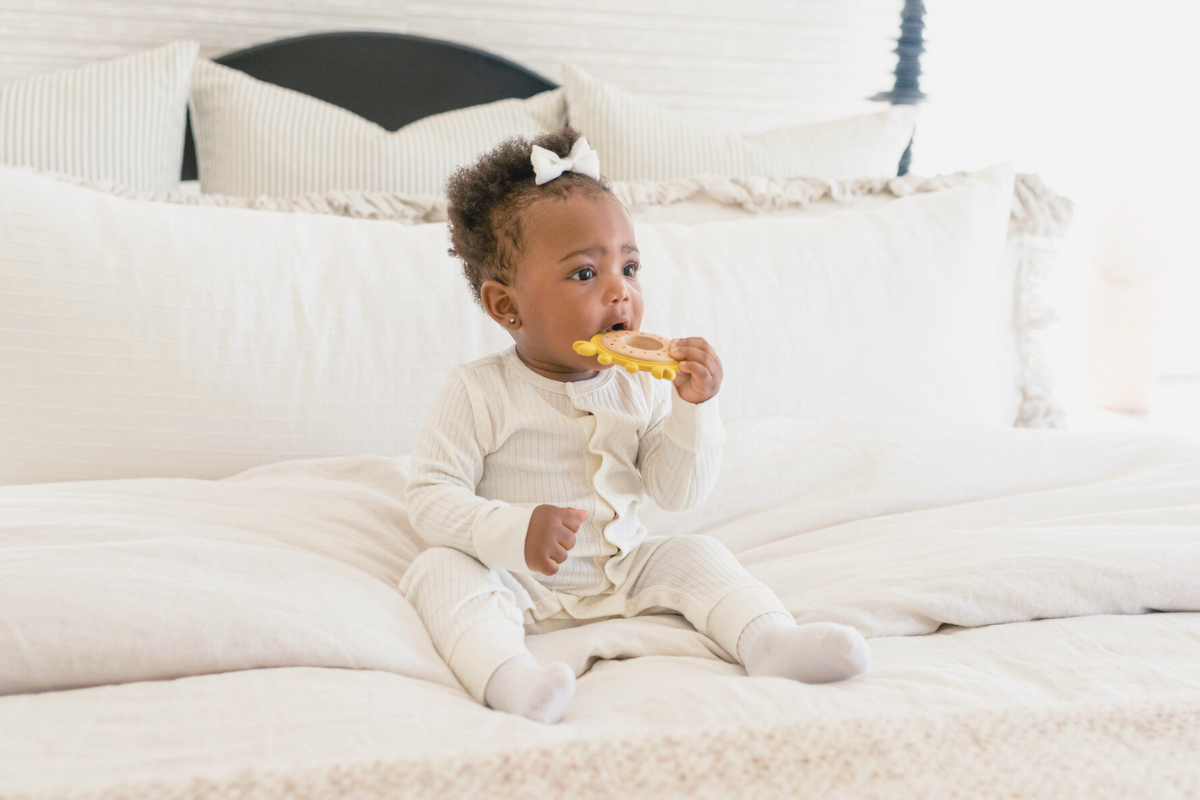
Teethers are among the first toys for babies for good reason. They soothe sore gums while promoting fine motor skills and sensory exploration.
Poppyseed Play's Teethers combine silicone and wood for a safe, durable design. Easy for little hands to grasp, these teethers help develop hand-eye coordination while providing comfort during teething.
2. Shape Sorter
Shape sorters are classic toys that help babies recognize shapes and improve hand-eye coordination and problem-solving skills.
3. Stacking Rings
There are many variations of stacking rings available on the market right now, but the most common are those colorful rings that can be stacked on a pole. These enhance fine motor control and spatial awareness.
4. Finger Paint Set
Finger painting is a popular activity for many kids. These paint sets use non-toxic paints that children can use with their fingers. The activity stimulates sensory development, along with fine motor skills.
5. Animal Toys
Ever seen one of those animal toys that emit animal sounds when pressed? Babies and toddlers don't just find these toys intriguing, they also have fine motor developmental benefits. It sounds simple, but every time they grasp their toy animals, they improve their dexterity in the process.
For Preschoolers
1. Magnetic Drawing Board
A magnetic drawing board is a mess-free, reusable surface that’s perfect for doodling, writing, and learning shapes.
Not only does it provide endless opportunities for artistic and educational fun, but using the magnetic pen to draw and erase also helps develop hand-eye coordination and precise control.
2. Building Blocks
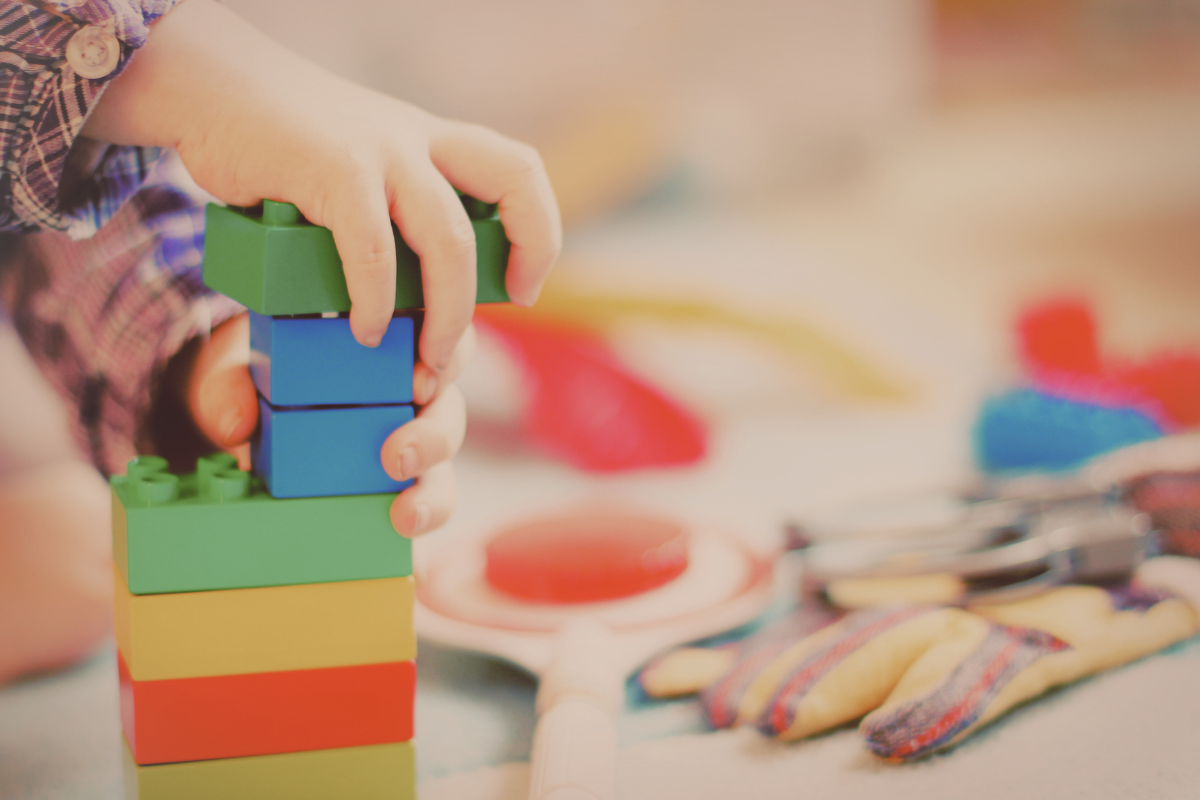
Building blocks like LEGO enhance fine motor skills by requiring precise movements to assemble pieces.
As preschoolers construct various structures using these blocks, they develop hand dexterity, spatial awareness, and problem-solving abilities. They also stimulate creativity and imaginative play, so it’s no wonder they’re beloved staples in early childhood development.
3. Tweezers
Tweezers are excellent developmental toys for promoting precision and coordination, which are essential skills for writing and other detailed tasks.
4. Play Dough Set
A play dough set includes various tools and molds for shaping and sculpting, fostering creativity, hand strength, and fine motor skills.
Manipulating the dough helps preschoolers develop dexterity and coordination while also encouraging imaginative play at the same time.
5. Puzzle Set
Age-appropriate puzzles is the best way to improve a preschooler’s problem-solving skills. They also improve hand-eye coordination and spatial reasoning, providing a fun and educational activity for preschoolers.
3 Dangerous Toys To Avoid
Unfortunately, there are some toys and products that are simply not safe for children, despite being made for children. Here are toys that you should never think of getting for your child.
1. Baby Walkers
It might be surprising, but baby walkers are extremely dangerous products.
Most parents start using baby walkers once their child reaches the 6-month mark, which is also when most children begin learning how to pull themselves up to stand.
However, this is also why accidents like falls and crashes are so common with a baby walker. After all – and I’m sure every parent will agree – infants move much faster than they can control their little bodies. The walker gives them a false sense of confidence in their abilities.
And even if your little one doesn’t get into an accident, putting them in a baby walker can actually delay their motor development. When a baby’s in a walker, they’re not actually learning how to walk; they’re just gliding on the wheels. It’s much better to let them crawl and pull themselves up using furniture or a sturdy object.
2. Baby Jumpers
This is another surprising one because baby jumpers look so fun to use. And actually, there are sources that do say they’re safe to use for babies above 6 months of age, as long as their use is limited to a maximum of 20 minutes per session twice a day.
However, they pose some serious concerns that we’d rather not risk. For once, overuse can harm a baby's skeletal and muscle development, even causing muscle imbalances and issues later in life.
Two, they can cause hip strain, leading to disorders like hip dysplasia. Babies often lean forward on their toes, tightening calf muscles and underworking glutes, which can lead to toe-walking.
We’ve got so many safe toy options in this day and age, so this is one risk we’re just not willing to take.
3. Toys with Small Parts
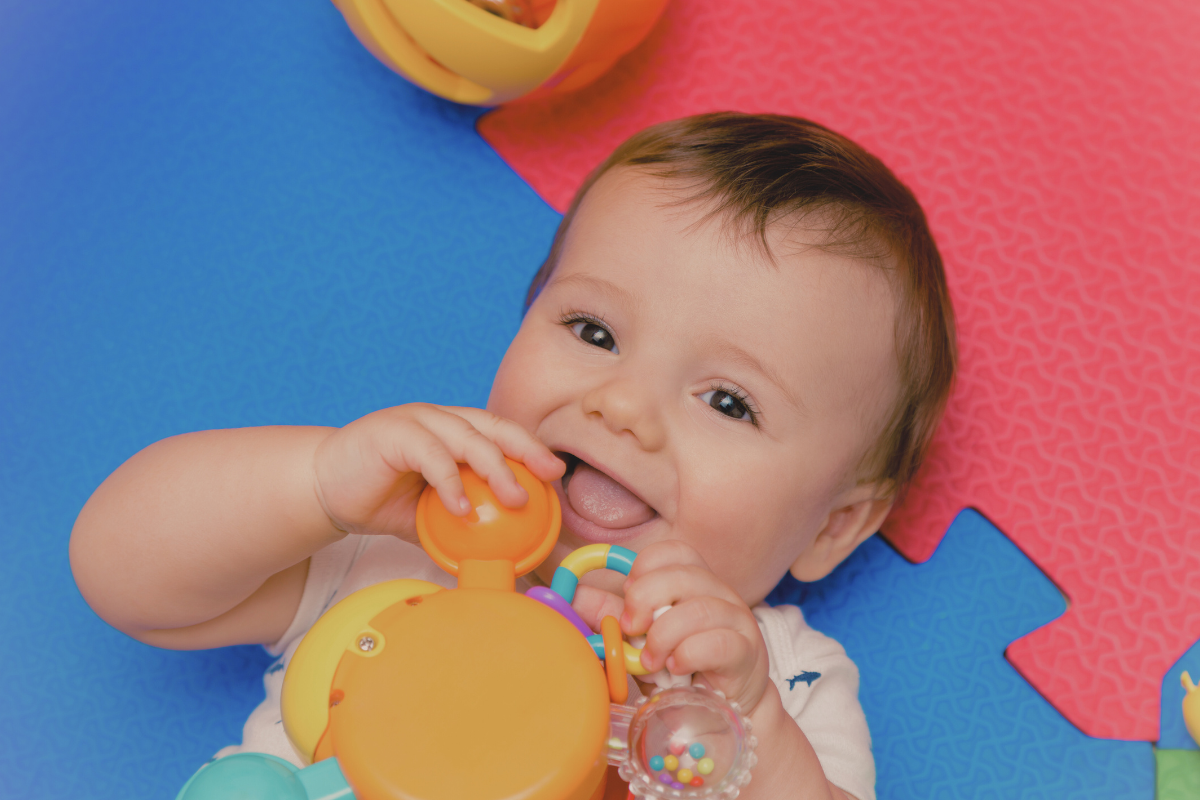
We already know the danger with this one: choking hazard.
Toys with small detachable parts can pose a serious choking risk for babies and toddlers. Some particularly small pieces can even be inhaled, like in the case of a child who inhaled the squeak mechanism of their dog’s squeaky toy.
Always check the recommended age on the packaging and ensure that toys for younger children don’t contain small pieces that can be swallowed.
Final Thoughts
Choosing the right toys for your child's development is crucial, but it can be challenging to navigate the many options available.
Prioritizing motor development products can significantly enhance your child's physical and cognitive growth, providing a foundation for a healthy, active lifestyle. By selecting toys that encourage both fine and gross motor skills, you support your child's journey through essential developmental milestones in a fun and engaging way.
Remember, parenting can already be stressful in and of itself, so don’t stress out too much on the number of toys you can provide. After all, even regular household items can benefit your child’s development. So, instead of feeling pressured to go get as many products as you can, think about which ones are most beneficial for your child and choose the best toys for them.
FAQs
What is the best age to start using motor development toys?
Motor development toys can be introduced from infancy, with age-appropriate options for babies, toddlers, and preschoolers.
How can I ensure the toys I choose are safe?
Look for toys labeled as non-toxic, BPA-free, and appropriate for your child's age, avoiding those with small parts and unsafe materials.
Are toys with magnets child-friendly?
Toys with small, powerful magnets can be dangerous if swallowed, causing serious internal injuries. Always choose magnet toys that are securely encased and age-appropriate to avoid these risks.




